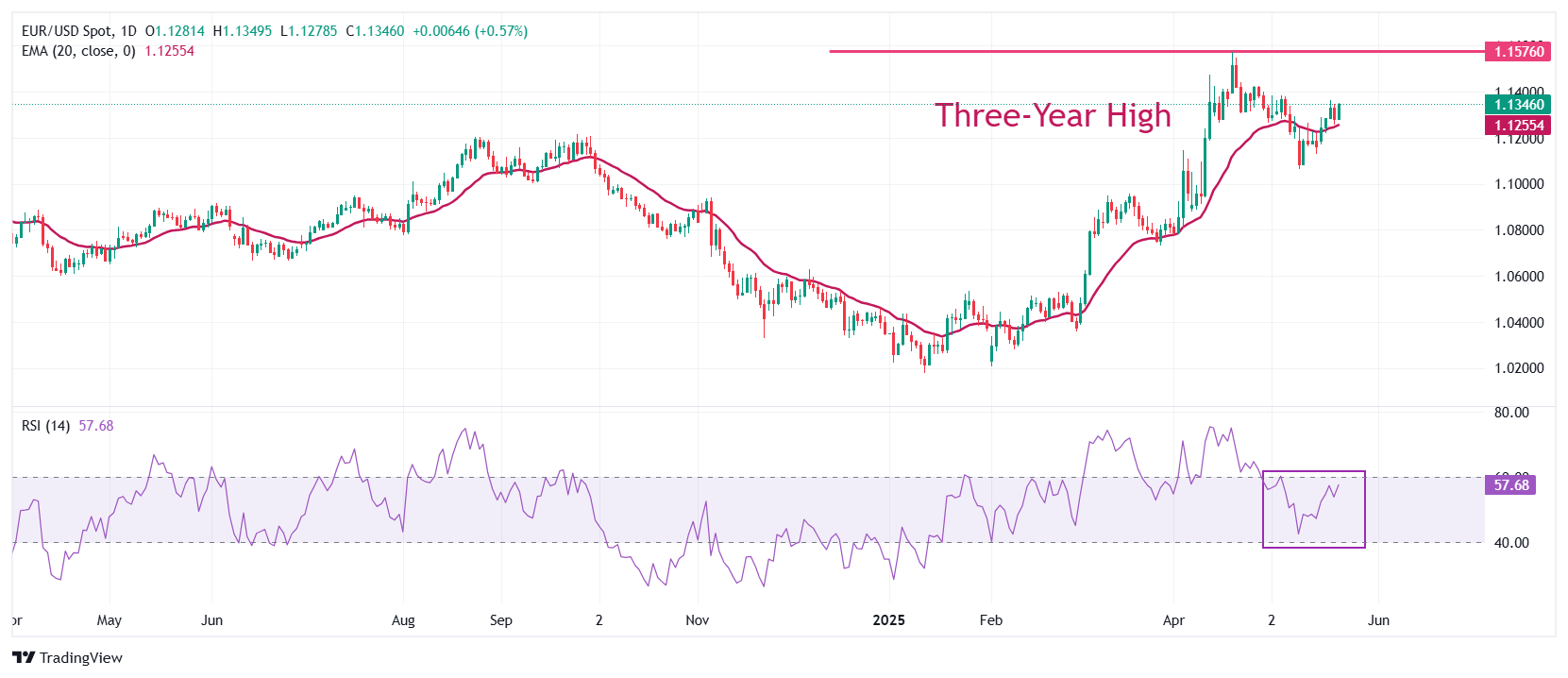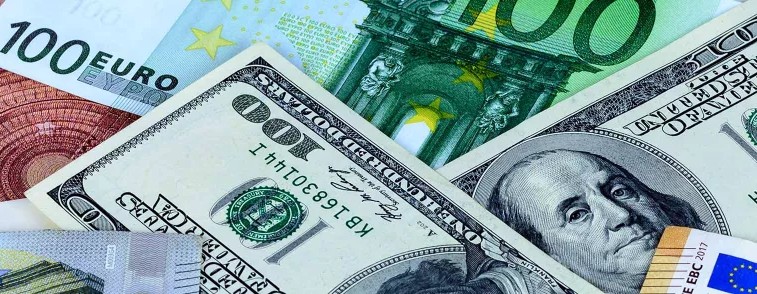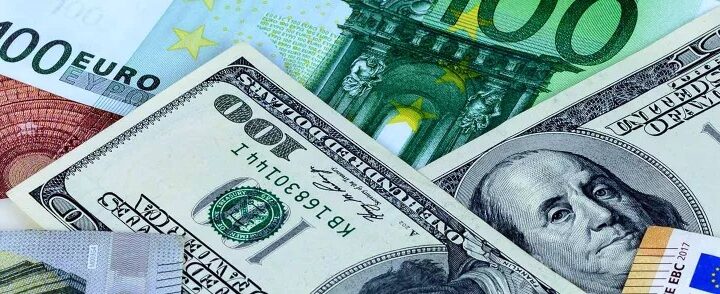The euro-dollar currency pair gave up some of its initial gains during North American trading on Friday after revisiting the two-week high around 1.1370 earlier in the day. Still, EURUSD is up around 0.5% near 1.1330.
The pair faces selling pressure after President Donald Trump threatened to impose 50% flat tariffs on imports from the EU, through a post on TruthSocial.
“Our discussions with them are going nowhere! Therefore, I am recommending a straight 50% tariff on the European Union, starting on June 1, 2025. There is no tariff if the product is built or manufactured in the US. Thank you for your attention to this matter!” Trump wrote.
Investors were already uncertain about the potential EU-US bilateral deal after Washington’s trade negotiator warned that discussions could not advance if the old continent doesn’t offer unilateral concessions.
Earlier in the day, a Financial Times report showed that US Trade Representative Jamieson Greer would tell EC Commissioner for Trade and Economic Security Maroš Šefčovič that the recent “explanatory note” shared by Brussels for the talks falls short of US expectations.
The news report also stated that, unlike some other trading partners, the EU has offered mutual tariff reductions, not unilateral concessions. The explanatory note shared by Brussels also lacked any new concessions relating to the digital, as the US has demanded
Signs of trade tensions between the US and the EU are unfavourable for the Euro, given that the continent has a huge trade surplus over Washington.
The DXY Dollar Index, which tracks the greenback’s value against six major currencies, declined to near the two-week low around 99.30.
Markets continue to dump the US Dollar as the new tax bill by President Trump has increased concerns over the nation’s fiscal health. The new bill comprises tax cuts and higher spending on defense and immigration controls, among others, and it is expected to increase the national debt by $3.8 trillion over the next decade, according to the nonpartisan Congressional Budget Office.
Investors are worried that the additional burden on the nation’s debt could lead to further erosion of the US credit rating.
Last week, Moody’s downgraded the US sovereign credit rating by one notch to Aa1 from Aaa, citing the failure of successive administrations and Congress to agree on measures to “reverse the trend of large annual fiscal deficits and growing interest costs”.
Higher borrowing rates
The scenario of a long-term issuer rating downgrade could lead to an increase in borrowing rates for the government, which limits the spending capacity for future generations or makes borrowing more expensive.
Trump’s new bill is also expected to accelerate consumer inflation expectations, assuming that tax cuts for households result in an increase in the overall spending and eventually boost price pressures. The scenario would discourage Federal Reserve officials from reducing interest rates.
Fed officials have been guiding that monetary policy adjustments are not appropriate at the current juncture, as uncertainty over the economic outlook under the Trump leadership is unusually high.
In the Eurozone economy, Q1 Negotiated Wage Rates data, a key wage growth measure, has come in lower at 2.38%, against 4.12% seen in the last quarter of 2024. A sharp slowdown in the wage growth measure is expected to encourage European Central Bank officials to lower interest rates further.
Traders are increasingly confident that the ECB will reduce its key borrowing rates again in the June policy meeting. However, ECB policymaker and Bundesbank President Joachim Nagel expressed caution on further interest rate cuts at the sidelines of the G7 meeting in Canada on Thursday.
“After seven interest rate cuts, our deposit rate stands at 2.25%, a level that can certainly no longer be described as restrictive,” Nagel said, according to Reuters. He stated that borrowing costs are “no longer a drag on the Eurozone economic growth”.
The Euro underperformed on Thursday after the release of the weaker-than-projected HCOB Purchasing Managers’ Index (PMI) data for May. The PMI report showed that the overall business activity surprisingly declined as the service sector output contracted unexpectedly.

EURUSD chart by TradingView
(Source: OANDA)







